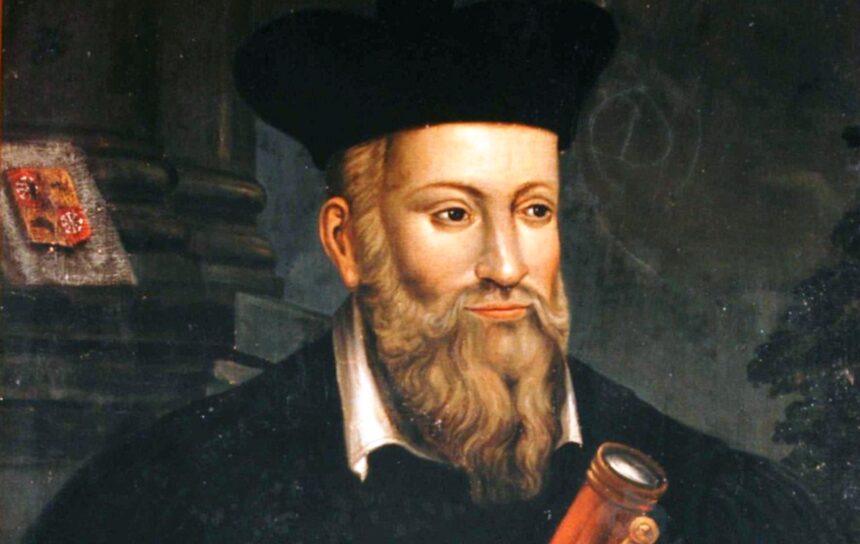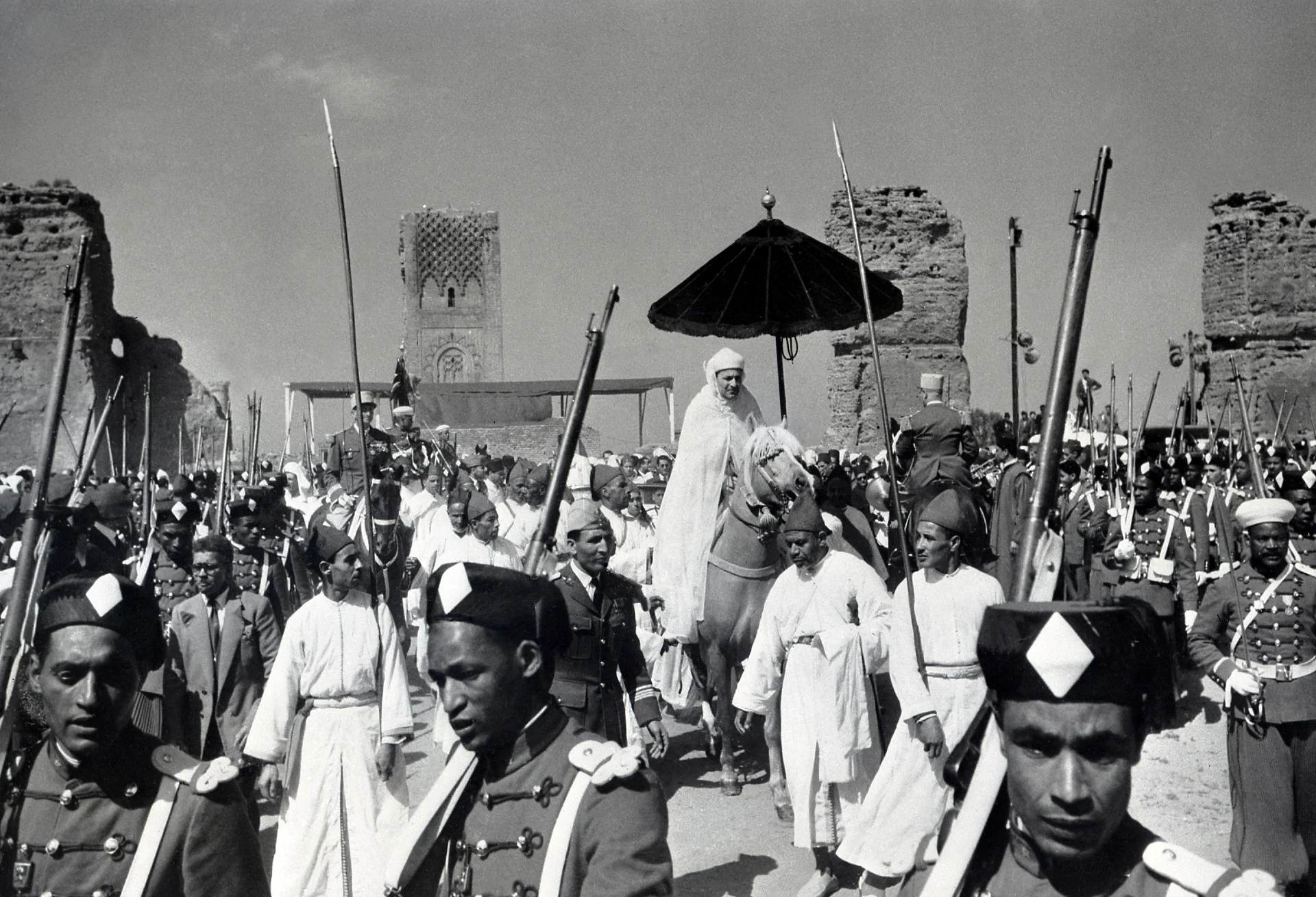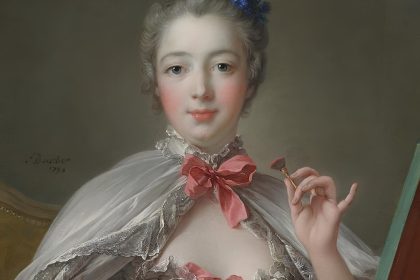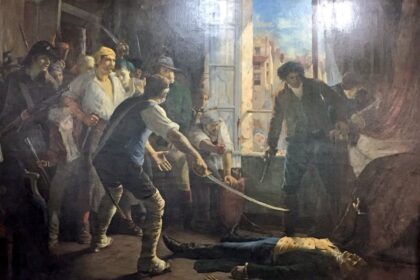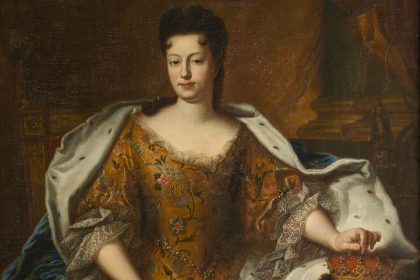The Prophecy That Made Him Famous: The Death of Henry II
In 1555, Nostradamus wrote the following quatrain:
- The Prophecy That Made Him Famous: The Death of Henry II
- His Predictions Weren’t Always Spot-On…
- Nostradamus Was the Heir to an Ancient Astrological Tradition
- He Invented a Prophylactic Remedy Against the Plague
- His Prophecies Were a Bestseller in the 16th Century
- He Was a Poet with a Vast Vocabulary
- His Revelations Were Never Condemned by the Church
- He Reportedly Made a Prophecy from Beyond the Grave
- After the 9/11 Attacks, Nostradamus Went Viral on the Internet
The young lion will overcome the older one;
On the battlefield in a singular duel;
He will pierce his eyes in a golden cage;
Two wounds in one, then he will die a cruel death.
Four years later, on July 1, 1559, the young Count of Montgomery (who can be identified as the “young lion”) struck King Henry II (the “older one”) in the eye during a tournament (a “battlefield”). During the joust, the king was wearing a golden helmet (“golden cage”). After days of agony, he succumbed to his wounds. Quite unsettling, isn’t it?
His Predictions Weren’t Always Spot-On…
To say the least. In 1564, Catherine de’ Medici visited Salon-de-Provence. Worried about the future of her son, the young King Charles IX—then only 14 years old—she consulted Nostradamus. He reassured her, predicting that the king would live to be 90 years old. Charles IX, however, died on May 30, 1574, at the age of 24.
Nostradamus Was the Heir to an Ancient Astrological Tradition
Michel de Nostredame, known as Nostradamus, was born in 1503 in Saint-Rémy-de-Provence. He came from a Jewish family that had converted to Catholicism in the 15th century. To emphasize his commitment to his new faith, his great-grandfather chose the surname Notre Dame. His distant ancestors were said to belong to the Tribe of Issachar, renowned for its astronomical studies.
He Invented a Prophylactic Remedy Against the Plague
During the plague epidemic that struck the Aix-en-Provence region in 1546, Nostradamus, who was trained as a physician, treated the sick with a potion he concocted himself. The mixture contained cypress leaves, the juice of red rose petals, and cloves. To protect against the “corruption of the air,” people were instructed to rub this mixture on their mouths and noses. Did it actually work? Hard to say. However, one thing is certain—his remedy must have smelled better than those of his colleagues, who relied on garlic and goat urine.
His Prophecies Were a Bestseller in the 16th Century
The quatrains of the Provençal seer, published as collections in 1555, became incredibly popular during his lifetime. His success even extended beyond the borders of France, as his writings were translated into Italian in 1556 and into English two years later, in 1558.
He Was a Poet with a Vast Vocabulary
A computer analysis of Nostradamus’ writings found that he used 8,000 different words. For comparison, this is more than the Old Testament but about half the number found in Shakespeare’s plays. In the 20th century, the writer Blaise Cendrars praised Nostradamus, declaring: “As a great French poet, Nostradamus is one of the greatest.”
His Revelations Were Never Condemned by the Church
Despite their controversial nature, Nostradamus’ works have survived the centuries without ever facing condemnation, censorship, or execution by the Church. His books were never placed on the Index Librorum Prohibitorum (the list of forbidden books), even when Pope Paul IV updated it in 1559. However, no original version of The Prophecies exists today—only copies that have been “edited” over the centuries or translations that may contain alterations.
He Reportedly Made a Prophecy from Beyond the Grave
This story likely belongs more to legend than to history, but it is so captivating that it deserves to be told. Nostradamus died in Salon-de-Provence on July 2, 1566, and was initially buried in the chapel of the Cordeliers Convent (his remains were later transferred to the Church of Saint-Laurent). In 1791, soldiers of the National Guard from Vaucluse desecrated his tomb and, according to legend, discovered his skeleton with a copper plaque on his chest. The plaque allegedly bore the exact date of the tomb’s violation.
After the 9/11 Attacks, Nostradamus Went Viral on the Internet
As the Twin Towers of the World Trade Center collapsed, Nostradamus’ name quickly spread like wildfire across the internet. According to historian Stéphane Gerson, author of Nostradamus: The Prophet of Our Misfortunes (Éditions Tallandier), his name ranked higher than Osama bin Laden’s in search engines. The Prophecies even became a bestseller on Amazon.
Why? Because the French seer was said to have predicted the attacks! However, upon closer inspection, the text circulating online in the aftermath of 9/11 did not actually exist in Nostradamus’ writings. It was, in reality, a fabricated passage, pieced together from various quatrains.


